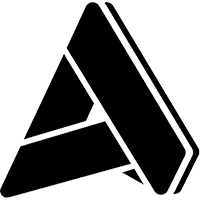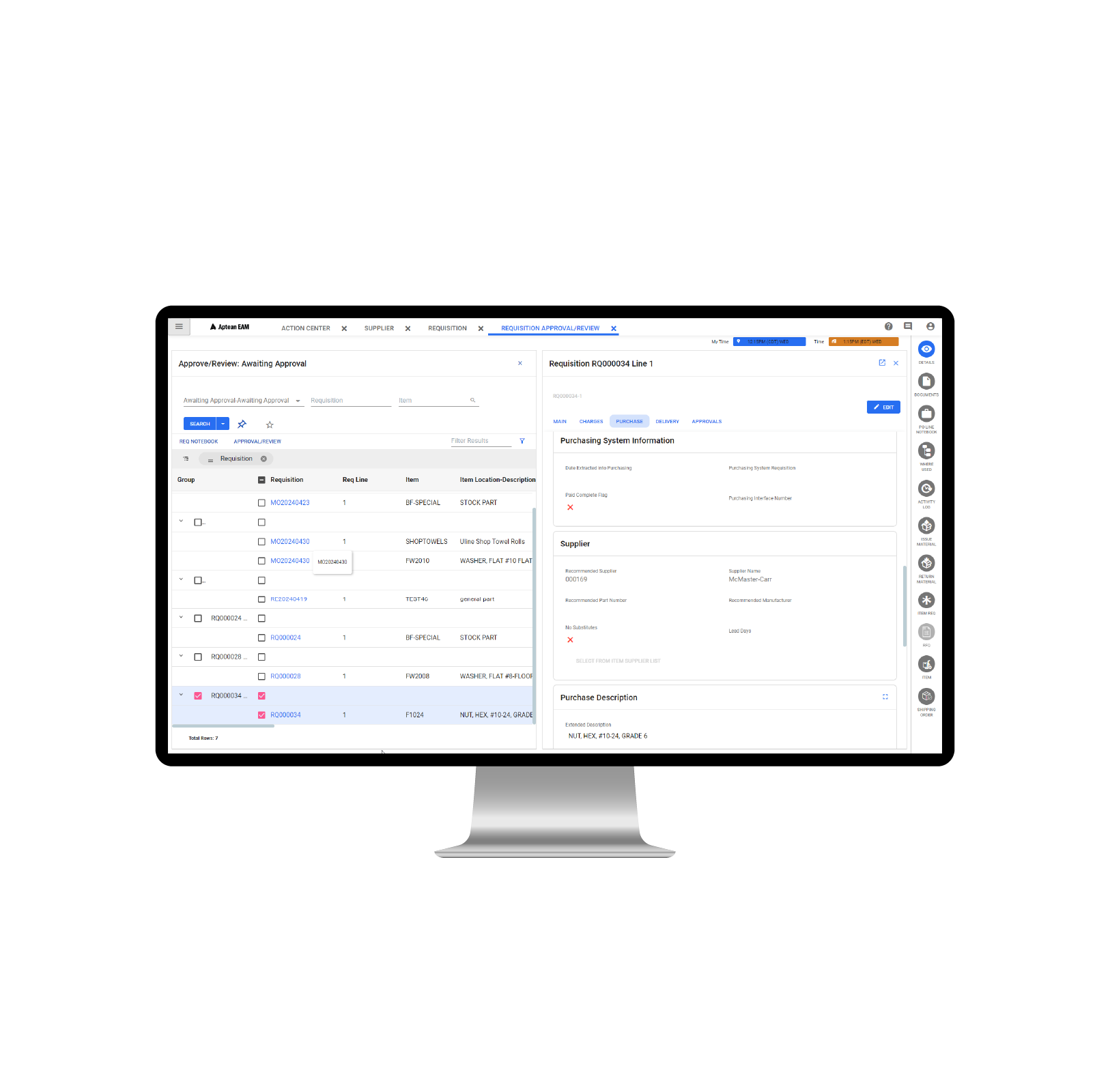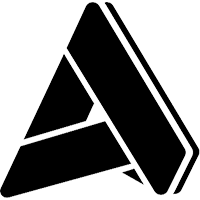Why Most of Your Healthcare EAM Success Has Nothing to Do with Software
Why Most of Your Healthcare EAM Success Has Nothing to Do with Software
Why Most of Your Healthcare EAM Success Has Nothing to Do with Software
5 Nov 2025
 Aptean Staff Writer
Aptean Staff Writer Quick Insight: What Drives Real Healthcare EAM Results
Successful healthcare EAM projects depend more on strategy than on software. To get real results and long-term value, focus on these five priorities:
Start with outcomes: Define departmental goals and success metrics before comparing software features.
Find expert vendors: Choose a partner who listens, understands healthcare operations and tailors solutions to your workflows.
Reduce organisational noise: Eliminate duplicate processes, fragmented data and communication gaps to boost efficiency.
Enable cultural change: Recognise that true implementation success relies on stakeholder buy-in and process adoption, not just configuration.
Build a long-term partnership: Select a vendor that supports continuous improvement and healthcare EAM software that scales with your organisation and can adapt to new regulations.

When healthcare organisations come to invest in enterprise asset management (EAM) software, they spend months comparing features lists and debating technical specifications. Procurement teams create detailed scorecards. IT departments assess integration capabilities. Finance scrutinises licensing models.
Yet the most successful healthcare EAM implementations share a common factor that has nothing to do with any of these considerations: they focus on outcomes first, software second.
Why Healthcare EAM Evaluations Can Go Wrong On Day One
When healthcare leaders decide they need better asset management, they typically start by researching software options. They download comparison charts, attend vendor demonstrations and evaluate technical capabilities. This approach feels logical, but it doesn’t always translate to a system that meets their strategic needs.
The problem isn't the software itself. The best healthcare EAM systems are incredibly sophisticated. The issue is those organisations have either:
Chosen their software before mapping specific departmental outcomes and success metrics
Partnered with vendors who didn’t or can’t adapt their system to fit individual healthcare workflows
The organisations that get EAM software selection right begin with understanding exactly what each stakeholder needs to succeed. For example:
Your Facilities Director needs asset performance data that proves maintenance's impact on patient care and operational efficiency. This way, they can secure budget approval for new assets and demonstrate departmental value to hospital leadership.
Your Operations Manager needs real-time visibility into maintenance activities across all departments. This way, they can optimise resource allocation and ensure critical equipment maintains peak performance during high-demand periods.
Your Senior Engineer needs predictive maintenance capabilities that identify equipment issues before they compromise patient safety. This way, they can schedule work proactively rather than responding to emergency breakdowns.
Taking a Consultancy-Led Approach to EAM Investment
For your new healthcare EAM system to generate a full return on investment, you need an implementation partner who acts as a consultant first, software vendor second. A provider that understands healthcare operations, not just technical capabilities.
At Aptean, we start every new healthcare project by listening to the teams who’ll be using our software. We spend time with everyone—from Operational Directors to Maintenance Engineers—to understand what needs to function better.
This approach means we can spot the issues that other vendors miss.
Maybe your hospital processes 80,000 service requests per month but can't track which ones are most affecting patient care.
Maybe your technicians can't access full equipment histories when critical devices show performance issues.
Maybe you can’t coordinate equipment maintenance and cleaning schedules, causing delays in getting your theatres back online.
Once we know these specific challenges, we configure Agility EAM by Aptean to solve them. Our goal is to make sure Agility is tailored to your business requirements. Our system adapts to your processes, rather than forcing you to change how you operate.
Healthcare EAM Implementation Is Really Organisational Transformation
Our consultancy-led approach reveals something that most healthcare organisations don't anticipate: the biggest EAM implementation challenge isn't technical configuration, it's reducing what we call "organisational noise."
Every hospital operates with layers of inefficient communication, duplicate data entry and fragmented information flows:
One department tracks equipment status in spreadsheets while another logs the same information in a different system
Maintenance requests get passed through multiple phone calls and emails before reaching the right technician
Compliance documentation exists in various formats across different departments
This noise creates “operational drag” that affects everything from response times to patient care quality.
Successful EAM implementations depend on technology vendors taking time to analyse your current culture and workflows, identifying where noise exists and designing solutions that eliminate it, rather than add to it.
Expert consultants also know that technology change is underpinned by organisational transformation. Getting buy-in from stubborn stakeholders, overcoming resistance to new processes and making adoption feel natural, rather than forced, are pivotal parts of a successful healthcare software implementation.
Building a Vendor Partnership That Grows With Your Organisation
EAM deployment isn't a fixed-term project with a defined end date. It's the beginning of a long-term vendor relationship that should evolve with your healthcare organisation.
Hospitals are constantly moving environments. Healthcare regulations change, new health and safety requirements emerge and organisational priorities shift. Your EAM system needs to adapt to these changes, which requires the support of a partner who keeps pace with healthcare's evolving regulations and can help you stay compliant.
If your hospital expands or acquires new facilities, you need software consultants who can sit round the table with your core operational team and contribute to your strategic planning discussions. Specialists who can help scale your systems and processes across multiple sites.
And when you're looking at new technologies like Internet of Things (IoT) sensors, AI-assisted scheduling or predictive analytics, you need experienced healthcare technology advisors who can recommend how to integrate these capabilities without requiring complete system replacements.
The majority of your software’s success lies in the relationship, expertise and ongoing consultancy support of your chosen technology provider. Not in the technical specifications you evaluated during procurement.
The organisations getting deep value from their healthcare EAM software work with providers who focus on continuous improvement. These relationships often last 20+ years because they provide ongoing strategic value rather than just technical support.
Looking for an industry-leading EAM partner? Aptean helps healthcare organisations improve asset management by focusing on outcomes first.
Book an initial discovery session with one of our Agility EAM by Aptean experts.
Ready to Start Transforming Your Business?
We’ve got the specialised EAM solutions you need to conquer your industry challenges.



